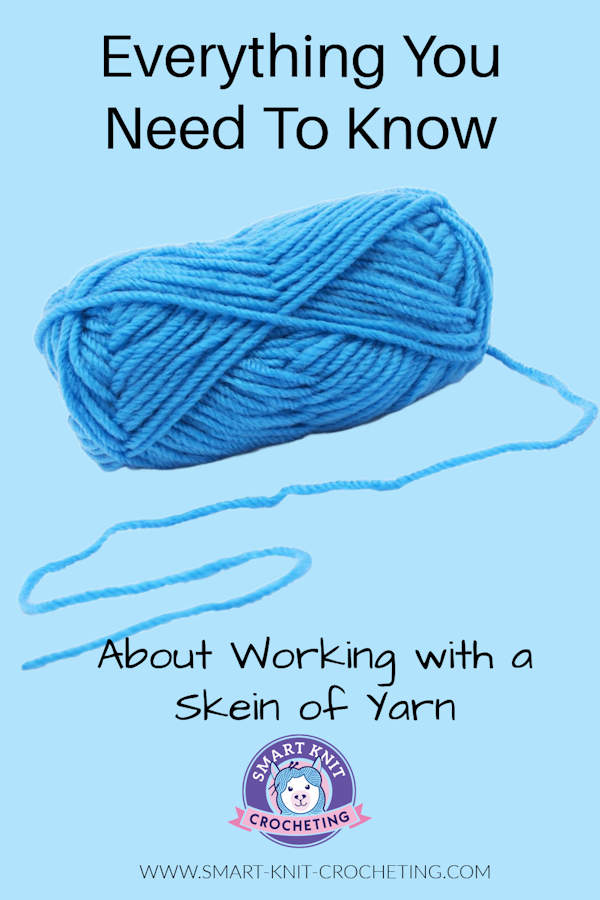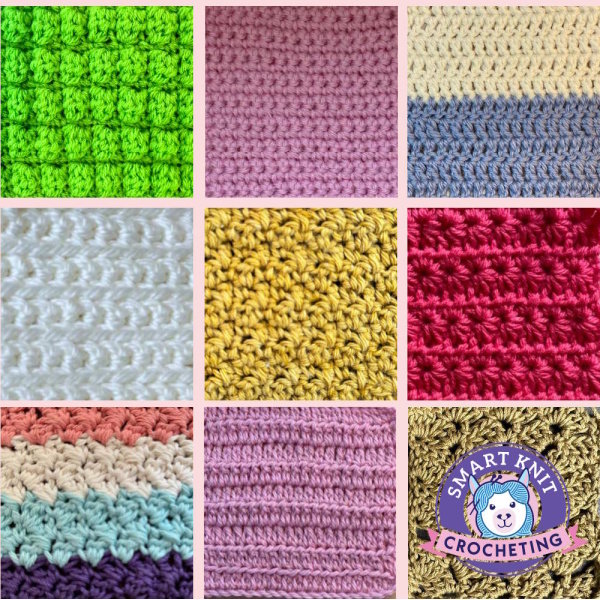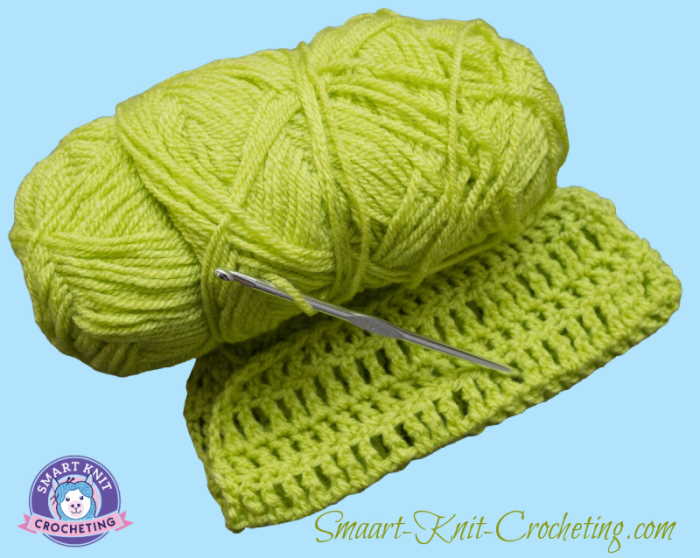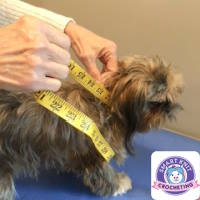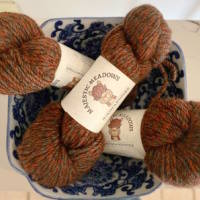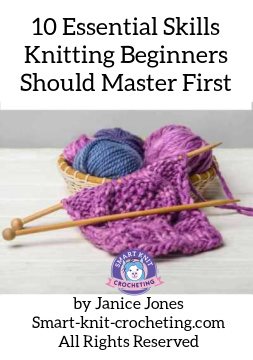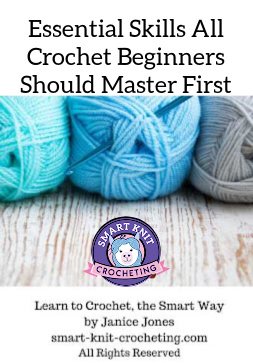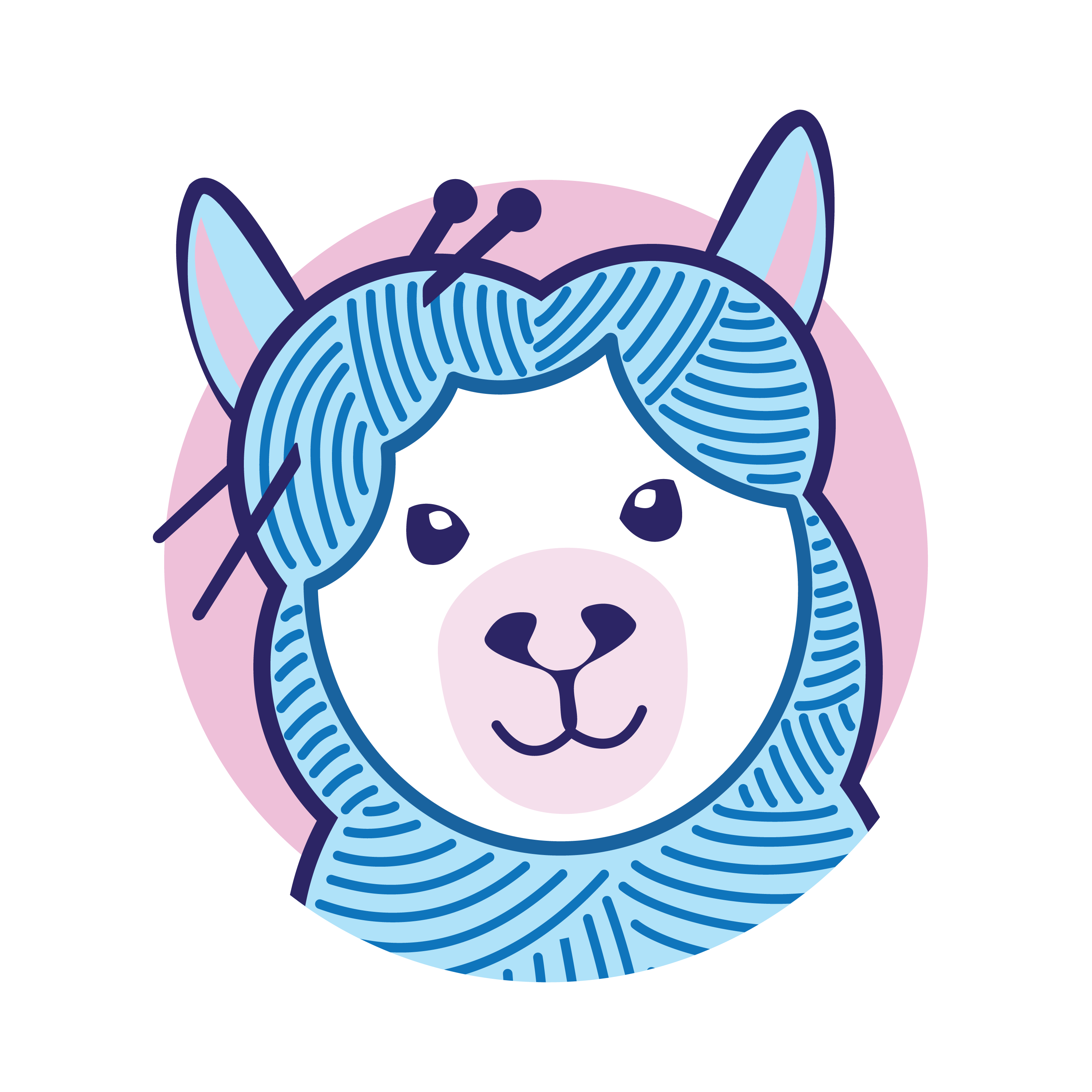- Home
- Skein of Yarn
What Is a Skein of Yarn?
A skein of yarn is yarn wound into an oblong, cylinder-like bundle, usually held together with a paper label. Most commercial yarn is sold in skeins because this shape is compact, stackable on store shelves, and easy to label with the yarn’s brand, weight, yardage, and care instructions.
Unlike a ball, which is round, skeins are designed so you can often pull the yarn from the center. This feature makes them convenient for knitters and crocheters, although finding the center end can sometimes be tricky.
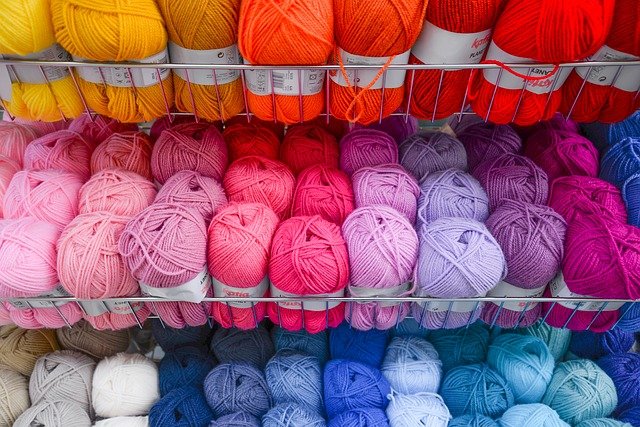 Skeins of Yarn are Widely Available Online and at Your Favorite Yarn Store
Skeins of Yarn are Widely Available Online and at Your Favorite Yarn StoreFun fact: The word “skein” also refers to the length of yarn wound onto a reel. Depending on the brand and fiber, a skein can hold anywhere from 50 yards to over 400 yards of yarn.
Skein vs. Other Yarn Formats
While skeins are the most common, yarn can come in several shapes:
Skein vs. Ball
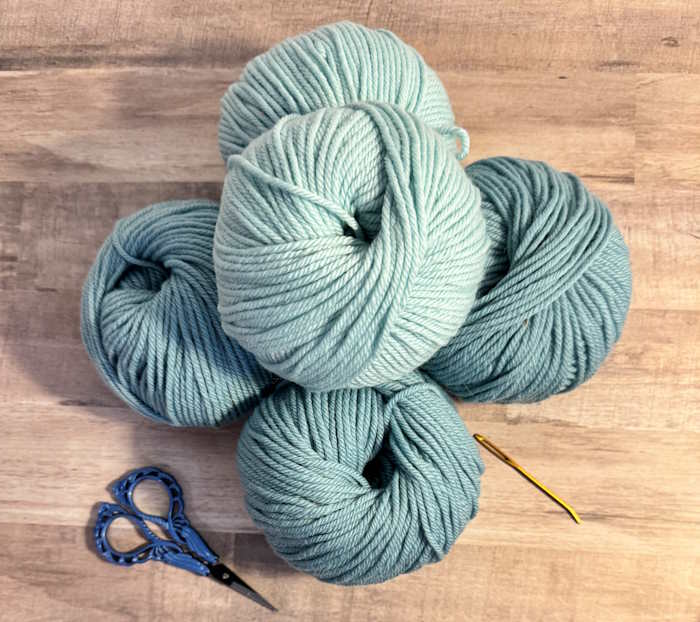 Skein of Yarn vs. Ball of Yarn
Skein of Yarn vs. Ball of YarnBalls are usually round and often hand-wound. Skeins, on the other hand, are oblong and machine-wound. If you’re curious about balls of yarn and how they differ, see my full article here: Ball of Yarn.
Skein vs. Hank
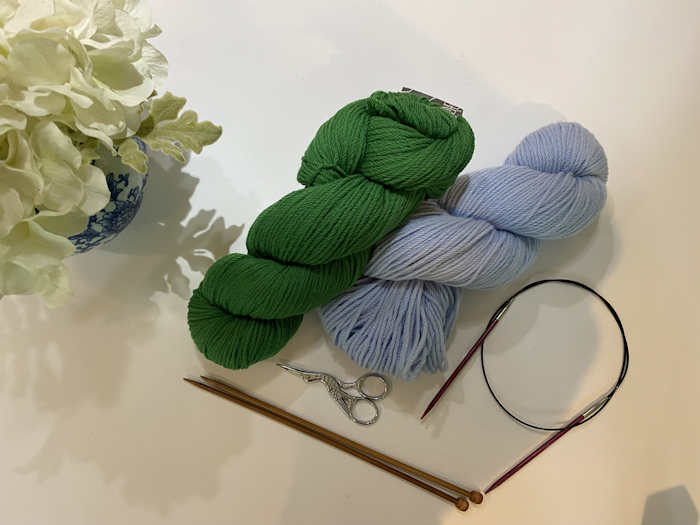 Skein of Yarn vs. Hanks of Yarn
Skein of Yarn vs. Hanks of YarnA hank is a loop of yarn twisted into a neat coil. Hanks are identified with hand-dyed or specialty yarns. You can’t knit directly from a hank; you’ll need to wind it into a ball or cake first. Skeins, however, are ready to use right away.
Skein vs. Cake
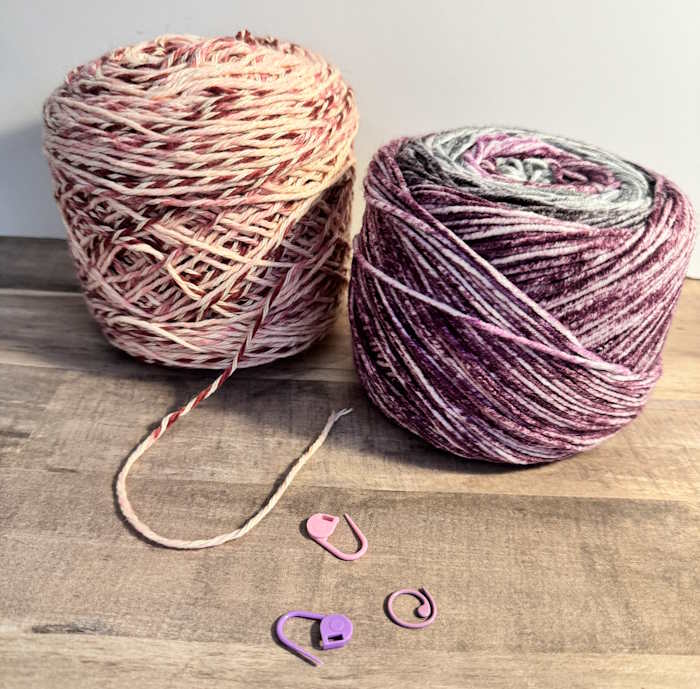 Skein of Yarn vs. Cakes of Yarn
Skein of Yarn vs. Cakes of YarnA cake is a flat-sided bundle of yarn wound with a yarn winder, usually from a hank or skein. Cakes are very stable and always have a clear center pull, which many knitters prefer.
| Yarn Form | Shape | Best Use | Pros | Cons |
|---|---|---|---|---|
| Skein | Oblong bundle | General knitting & crochet | Easy to store, ready-to-use, labeled | Can collapse & tangle |
| Ball | Round ball | Small projects, leftovers | Stable shape, easy to measure remaining yarn | Rolls around while in use |
| Hank | Loop twisted into coil | Hand-dyed/specialty yarn | Breathable, protects fibers | Must be wound before use |
| Cake | Flat cylinder | Center-pull knitting/crochet | Stable, shows color gradients | Needs winding, can stretch over time |
| Cone | Tall spool with yarn wound tightly | Weaving, machine knitting, bulk projects | Holds large yardage, fewer joins, cost-effective | Bulky, less portable, sometimes unlabeled |
How Skeins Are Made and Used
Skeins are usually created by machine-winding yarn into that familiar oblong shape. The label (sometimes called a band) is wrapped around the middle to keep everything tidy.
For manufacturers, skeins are practical because they’re easy to dye in large batches. In fact, yarn is often “skein-dyed.” This means it’s wound into skeins before being immersed in dye baths, which helps achieve even color.
For crafters, skeins are convenient because you can generally start knitting or crocheting directly from them. But as every yarn lover knows, skeins can sometimes collapse, leading to knots and tangles.
Tools That Shape Skeins
Hand spinners and dyers also use special tools to make skeins:
- Niddy-noddy – a simple, cross-shaped tool used to wind yarn into skeins, measure yardage, and prepare for dyeing.
- Wrap reel or spinner’s weasel – a larger tool that winds yarn into skeins of exact lengths (like 80 or 100 yards). Some even “pop” when the skein length is reached!
These tools show that skeins aren’t just a packaging method — they’re an essential part of yarn production. If you want to turn a skein into a center pull ball, you can always use a yarn swift and ball winder.
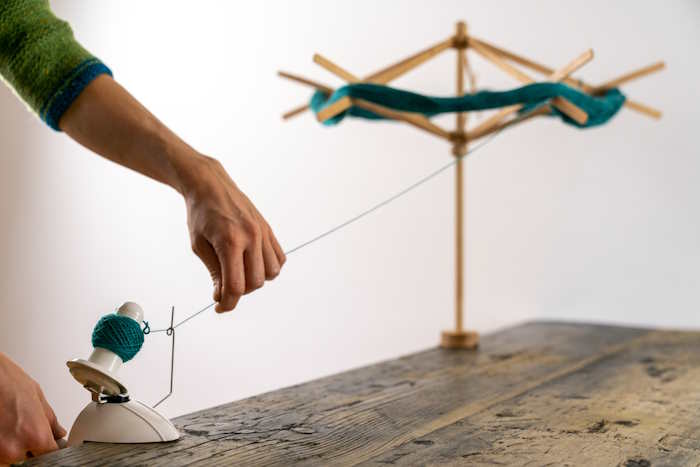
Tips for Working from a Skein
- Look for the center pull. Most skeins are designed so you can gently pull the yarn from the inside, which keeps the skein from rolling around.
- Rewind if needed. If your skein collapses or tangles, use a yarn winder or roll it into a ball before continuing.
- Save the label. It contains your yarn’s brand, fiber content, care instructions, and most importantly, the yardage.
- Store skeins neatly. Keep them in baskets or bins to prevent tangling and dust.
How to Find the Yarn End in a Center-Pull Skein
Most skeins are designed so you can pull the yarn from the center, which keeps the skein still while you knit or crochet. The problem is that finding that end can feel like a treasure hunt! Here are some methods to make it easier:
1. Check Under the Label
Some brands tuck the outside end under the paper band. If you see a loose strand there, that’s the outside pull; you can start with it right away if you don’t mind the skein rolling around.
2. Look for a Tail at the Opening
At each end of the skein, you’ll notice a “hole” where yarn has been wound in. Gently spread the yarn apart with your fingers and look for a small strand sticking out. That’s often the center end.
3. The Finger Dig Method
If you don’t see a strand right away, insert two fingers into the center of the skein and wiggle them gently. You’ll usually feel a loose loop. Pull slowly; if you get a clump (sometimes called a yarn barf), take a moment to untangle it before continuing to knit.
4. Try Both Ends
If the first end you pull seems to be buried in knots, try the other side of the skein. Manufacturers often tuck the true center strand at one end, but not always the same one!
5. When in Doubt, Start Outside
No rule says you must use the center pull. If it’s giving you trouble, just use the outside strand and let the skein roll as you work. Some knitters even prefer it.
Pro Tip: If you frequently struggle with center pulls, invest in a simple yarn winder. You can rewind skeins into flat, stable cakes where the center strand is always easy to find.
How to Deal with Yarn Barf
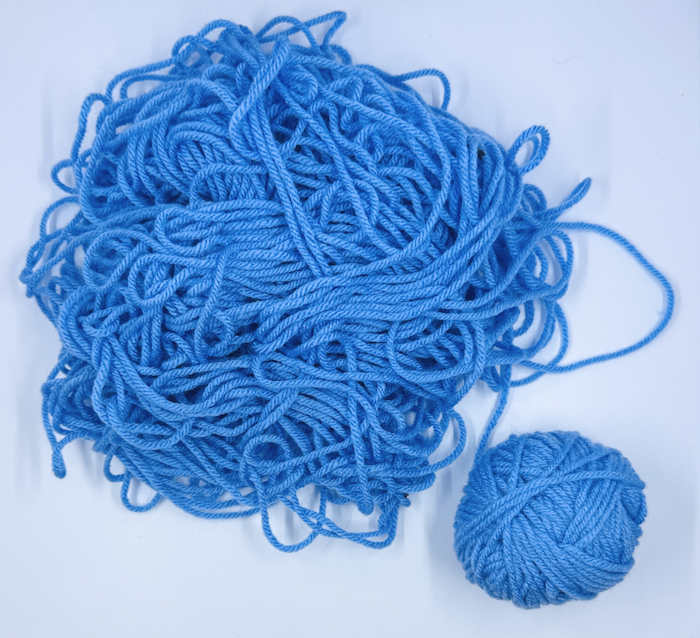
“Yarn barf” is the nickname knitters and crocheters give to that messy clump of yarn that sometimes pops out when you try to pull from the center of a skein. Don’t worry, it happens to everyone, and it doesn’t mean the skein is ruined! Here’s how to handle it:
1. Stay Calm and Don’t Yank
Resist the urge to pull harder. Tugging can tighten knots and make the mess worse.
2. Gently Loosen the Loops
Place the skein in your lap or a basket. Slowly shake or tease out the strands with your fingers, working from the outside of the clump.
3. Find the True End
Look for the single strand leading cleanly out of the knot. Once you spot it, set it aside and continue untangling the rest later if needed.
4. Wind into a Ball
If the tangle is large, the easiest solution is to rewind the yarn into a ball. That way, you won’t fight with the skein every time you need more yarn.
5. Prevent Yarn Barf Next Time
Pull out just a few inches of yarn when you start, not a handful.
Try the other end of the skein if one side continues to tangle.
Rewind the skein into a ball or cake if it is loosely wound.
Tip: A yarn swift and ball winder are small investments that can save hours of frustration. Even a simple hand-wound ball works if you don’t want to buy extra tools.
Which Yarn Brands Are Center-Pull?
Not all skeins are created equal! Some yarn brands routinely design their skeins to be center-pull, while others may not. Here’s a quick guide to the most popular brands today.
Lion Brand
Many lines, such as Vanna’s Choice, Wool-Ease, Pound of Love, and Homespun, are designed as center-pull skeins.
I Love This Yarn (Hobby Lobby)
Often reliably center-pull, with ends that are easy to locate, I love this brand, but as you approach the end of the skein, the remaining yarn tends to tangle, leaving you with a big mess. Check the price for I Love This Yarn on Amazon.
Red Heart Super Saver & Bernat Super Value (Yarnspirations)
These are classic pull skeins, and Red Heart even includes a label diagram showing where to start. Check out these yarns on Amazon.
Red Heart Super Saver Bernat Super Value
Other Yarnspirations Brands (Red Heart Soft, Boutique Unforgettable, Grande; Bernat Softee Baby/Chunky; Patons Classic Wool)
These are usually wound as balls, not center-pull.
Knit Picks
Some skeins may have a center pull, but it’s inconsistent. Knit Picks often recommends winding their yarns into cakes with a winder for reliable results.
Caron’s Spa Yarn
Generally not center-pull; users often report frustration trying to find the center.
If a center-pull skein is important to you, consider Lion Brand, Red Heart Super Saver, or Bernat Super Value. With other brands, you may want to rewind before you begin.
Common Beginner Questions (FAQ)
Why do skeins sometimes tangle?
Why do skeins sometimes tangle?
When you pull too firmly from the center or if the skein collapses as it gets smaller, loops of yarn can knot together. Winding into a ball or a cake can help.
Is a skein the same as a ball of yarn?
Is a skein the same as a ball of yarn?
Not exactly. A skein is oblong and machine-wound, while a ball is round and often hand-wound. Learn more in my article: Ball of Yarn.
Can I knit directly from a skein of yarn?
Can I knit directly from a skein of yarn?
Yes! Most crafters knit straight from skeins, especially with smaller projects. For large projects or with delicate yarns, winding first can save frustration.
How many yards are in a skein of yarn?
How many yards are in a skein of yarn?
It depends on the brand, yarn weight, and fiber. A lace-weight skein may hold 400+ yards, while a bulky skein might only have 60–80 yards. Always check the label.
Conclusion
A skein of yarn is much more than just “the way yarn comes from the store.” It’s a practical shape for storing, selling, dyeing, and working with yarn — but like everything in knitting and crocheting, it has its quirks.
Next time you pick up a skein, you’ll know how to handle it, when to rewind it, and how to keep your yarn neat and ready for your next project.
Managing a Skein of Yarn: Pin for Future Reference
